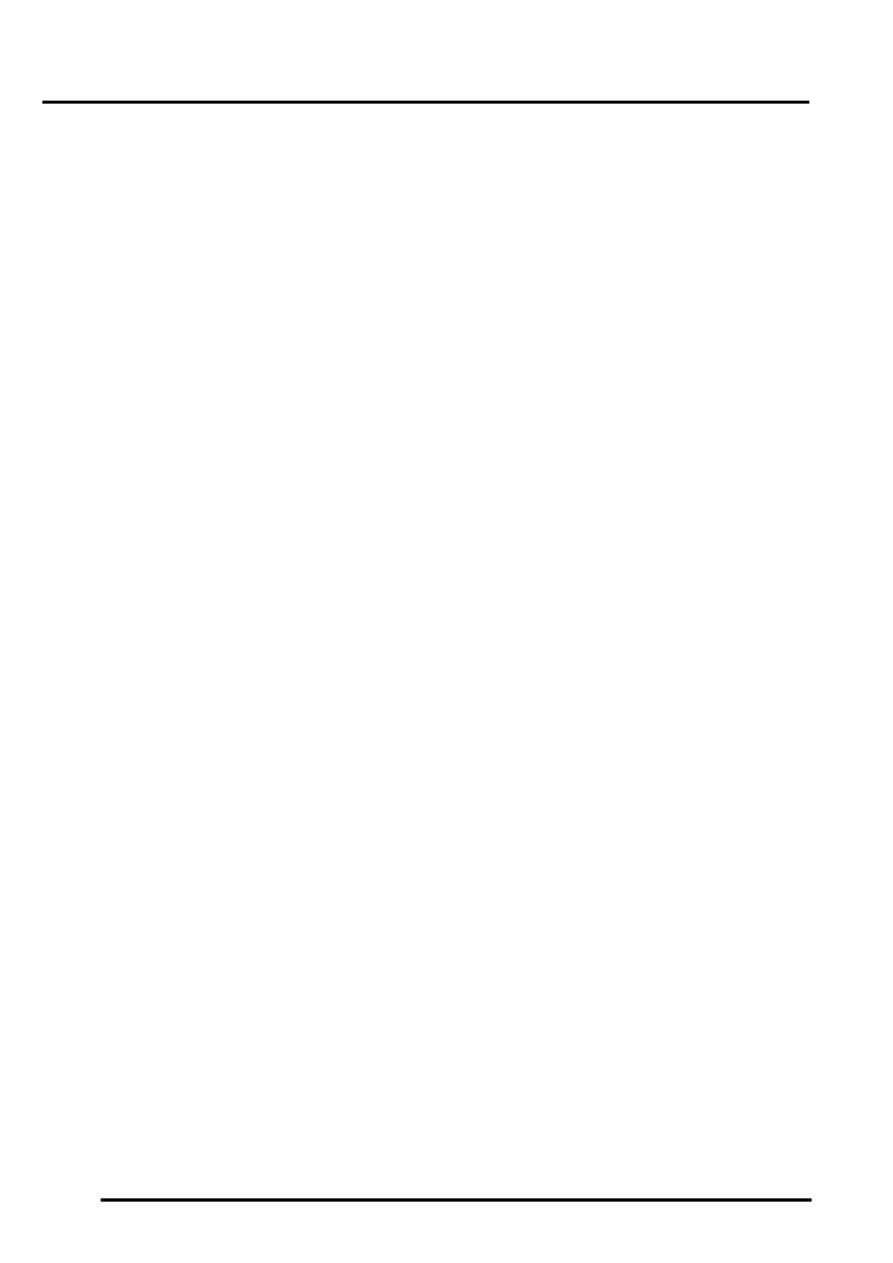L322 Range Rover System Description and Operation

INSTRUMENTS
88-26
DESCRIPTION AND OPERATION
Test Function No. 2 – System Test
l
Test function 2 is not locked and can accessed immediately. After selection the instrument pack automatically
activates all displays and analogue gauges. This test will only be performed with the ignition in positions I or II
and the engine not running.
l
The backlighting of all LCD's are activated.
l
All segments for the odometer, trip meter, ambient temperature and service interval indicator are illuminated.
l
All warning lamps are illuminated.
l
A pixel test of the message centre is alternately performed to display a 'chess board' pattern. The pixels are
alternately illuminated at intervals of 1.25 seconds. The trip meter display alternates between km and miles
and the ambient temperature alternates between
°
F and
°
C.
l
The general brake warning lamp alternates between an amber and red output.
l
All analogue gauges are activated and travel from the left stop to the right stop and back to the left stop.
l
When all gauges have returned to their left stop all displays remain illuminated. A second activation of the
analogue gauges follows, but this time the needle pointers stop before the right stop position. During this
gauge cycle, the instrument pack performs self diagnostics on the gauge operation and records fault data if
necessary. This diagnostic check of the gauges is only performed during test function 2 and the data can be
retrieved using TestBook/T4.
l
When the second gauge cycle is complete, normal instrument pack display is resumed.
Test Function No. 3 – Service Interval Indicator Data
l
This function is locked and needs to be unlocked via the procedure in Function Test No. 19. The following data
is displayed and can be scrolled through using the trip reset button.
l
'SI-L: 1250' – SI litres used since the last service interval reset.
l
SI DAYS: 325' – SI time counter since last service interval reset.
Test Function No. 4 – Momentary Fuel Consumption Values
l
This function is locked and needs to be unlocked via the procedure in Function Test No. 19. The following data
is displayed and can be scrolled through using the trip reset button.
l
'VBR: 14.3 L/100 KM – momentary consumption in l/100 km for calculation of consumption values.
l
VBR: 20.3 L/H – momentary consumption in litres per hour for consumption assessments when the vehicle
is stationary with the engine running.
l
The consumption values are calculated from PWM injector signals which correspond to the injected fuel volume.
Test Function No. 5 – Range Consumption and Range Momentary Value
l
This function is locked and needs to be unlocked via the procedure in Function Test No. 19. The following data
is displayed and can be scrolled through using the trip reset button.
The value can be displayed in litres/100km or in MPG, dependant on market programming.
l
'RW-VBR: 12.7 L/100KM' – average fuel consumption.
l
'RW: 3238 KM' – range with remaining fuel tank volume.
l
The internal fuel range consumption value displayed in the on-board computer is calculated using the figures for
average tank contents and the distance travelled since the last reset. The fuel range value displayed is calculated
using the same figures to show the available range with the remaining fuel in the tank.
Test Function No. 6 – Tank Content Values and Display Value
l
This function is locked and needs to be unlocked via the procedure in Function Test No. 19. The following data
can be scrolled through using the trip reset button. The first display line shows the tank content from the left and
right fuel tank level sensors and the overall tank content. The second display line shows the average overall tank
content and the value after 'PHASE' relates to the procedure used to calculate the content value.
l
'TNK: 29.5/34.2/63.7L' – this shows content in left half of tank / content in right half of tank / momentary overall
tank content.
l
'TNKANZ: 60.2L PHASE1' – average tank content and calculation method. The PHASE shows the calculation
method as defined below.
l
PHASE1 = Normal calculation procedure using both sensors with no errors.
l
PHASE2 = In the case of a tank level sensor failure, the calculation is performed using the injector PWM
signal available on the CAN.
l
PHASE3 = If a sensor failure has occurred and the injector PWM signal is not available, the fuel level
gauge will read empty and the low fuel warning lamp will be illuminated.
